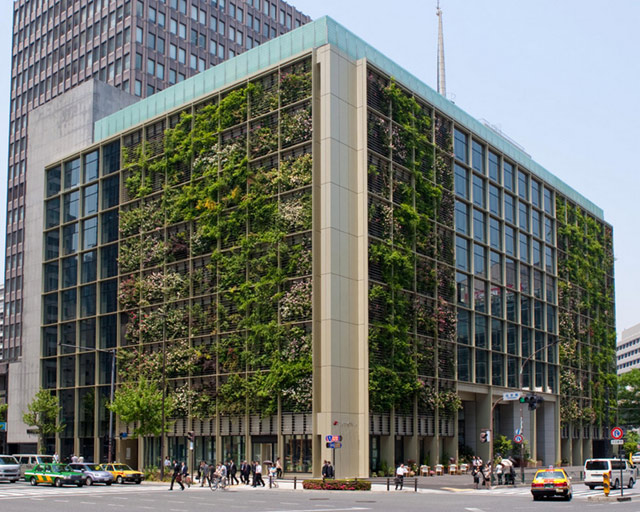
Net-Zero Energy Buildings: A Path to Sustainability
Introduction:
In the quest for a sustainable future, net-zero energy buildings have emerged as beacons of innovation and environmental responsibility. These buildings, designed to generate as much energy as they consume, represent a significant stride toward achieving sustainability goals. This article explores the concept of net-zero energy buildings, their key components, and the transformative impact they have on the built environment.
1. **Definition of Net-Zero Energy:**
A net-zero energy building, commonly referred to as NZEB, is a structure that produces as much energy as it consumes over the course of a year. The goal is to balance energy inputs and outputs, typically by incorporating renewable energy sources to offset the building’s energy demand.
2. **Renewable Energy Integration:**
The cornerstone of net-zero energy buildings is the integration of renewable energy sources. Solar panels, wind turbines, and geothermal systems are commonly used to generate clean, on-site energy, reducing dependence on non-renewable sources and lowering the building’s carbon footprint.
3. **Energy-Efficient Design:**
Net-zero energy buildings prioritize energy efficiency through thoughtful design and construction practices. This includes high-performance insulation, advanced glazing systems, and strategic orientation to maximize passive solar gain. Energy-efficient appliances and lighting further contribute to overall efficiency.
4. **Smart Building Technologies:**
Incorporating smart building technologies enhances the energy performance of net-zero buildings. Automated systems for lighting, heating, ventilation, and air conditioning (HVAC) optimize energy usage based on real-time data, occupant behavior, and external environmental conditions.
5. **Energy Storage Solutions:**
To address intermittent energy generation from renewable sources, net-zero energy buildings often incorporate energy storage solutions such as batteries. These systems store excess energy during periods of high generation and release it when demand exceeds renewable energy production.
6. **Life Cycle Analysis:**
Net-zero energy goals extend beyond operational energy use to consider the entire life cycle of the building. Life cycle analysis involves assessing the environmental impact of materials, construction, operation, and eventual demolition, ensuring a holistic approach to sustainability.
7. **Occupant Behavior and Engagement:**
Building occupants play a crucial role in achieving net-zero energy goals. Engaging occupants in energy-conscious behaviors, such as turning off lights and optimizing device usage, contributes to overall energy savings and the success of the net-zero concept.
8. **Monitoring and Verification:**
Continuous monitoring and verification of energy performance are integral to the success of net-zero energy buildings. Utilizing advanced energy monitoring systems allows building operators to track energy consumption, identify inefficiencies, and make data-driven decisions for further optimization.
9. **Government Incentives and Certifications:**
Many governments offer incentives and certifications to encourage the development of net-zero energy buildings. Programs such as LEED (Leadership in Energy and Environmental Design) provide recognition and support for buildings that meet stringent sustainability criteria.
10. **Global Impact and Future Prospects:**
The adoption of net-zero energy principles is expanding globally as governments, businesses, and individuals recognize the urgency of addressing climate change. The continued development of innovative technologies and increased awareness of sustainable practices are likely to propel net-zero energy buildings into the mainstream, reshaping the future of construction.
Conclusion:
Net-zero energy buildings stand at the forefront of sustainable construction, demonstrating that it is possible to create structures that not only meet human needs but also contribute positively to the environment. As the world seeks solutions to mitigate the impact of climate change, the path to sustainability undoubtedly passes through the widespread adoption of net-zero energy principles, marking a transformative shift toward a greener and more resilient built environment.



